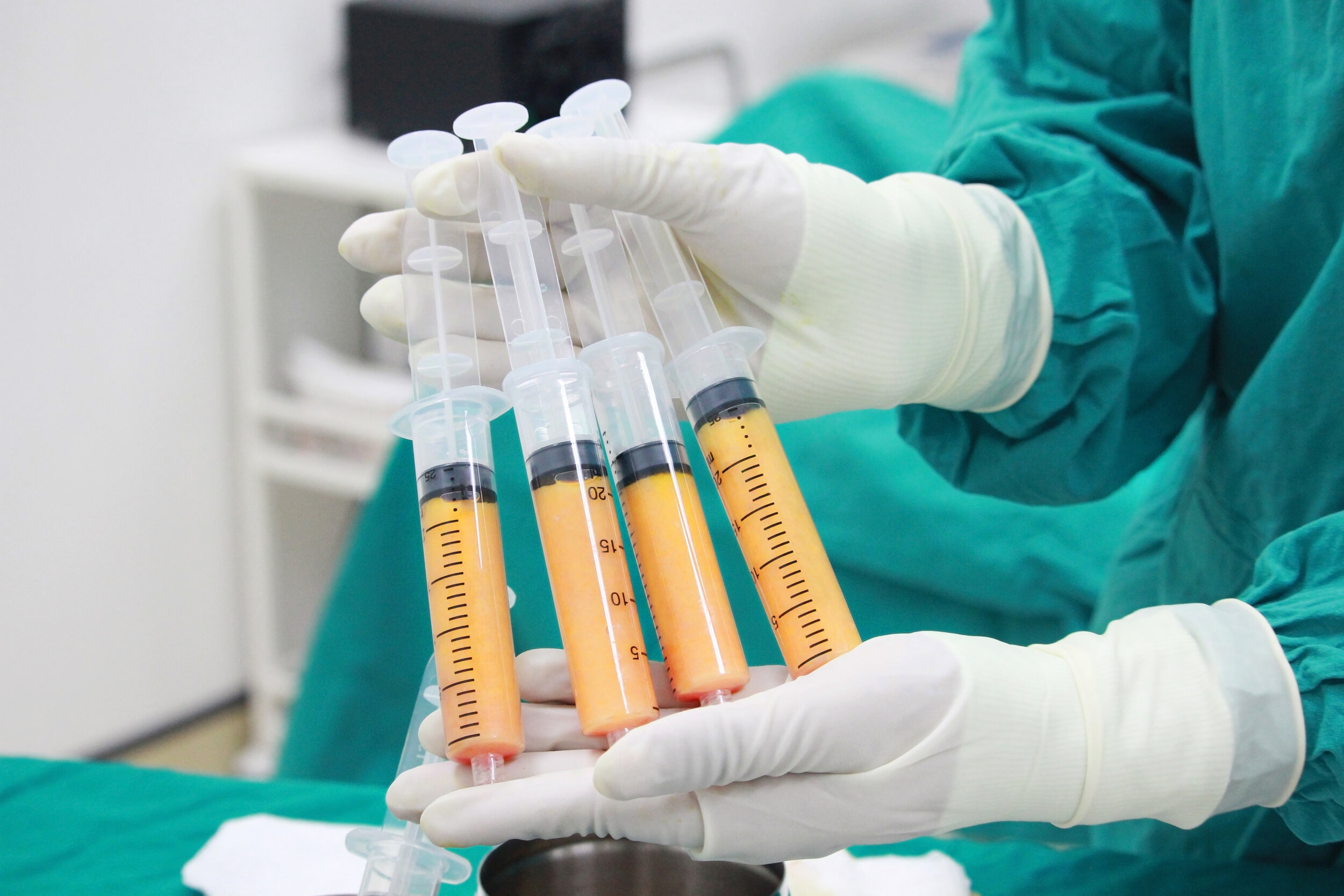Treatments: Aging Neck
Neck lift
A surgical neck lift can remove excess fat and tighten the skin to create a sharper angle between the jaw and the neck and lessen the skin laxity.
deoxycholic acid (kybella, Belkyra, celluform plus)
Deoxycholic acid is approved by the Food and Drug Administration for reducing moderate-to-severe fat below the chin. When injected into submental fat, deoxycholic acid helps destroy fat cells. Multiple applications are required to achieve benefit, and this treatment does not address loose skin under the chin. Use of deoxycholic acid to reduce fat is an alternative option to a surgical procedure for excess fat under the chin.
Neuromodulator (such as Botox and dysport)
Neuromodulators such as Botox and Dysport function by blocking the signal from nerve to muscle, thus preventing a muscle from contracting. These tiny pinprick injections into selected muscles can prevent wrinkling of the forehead from muscle activation. In the neck, prominent vertical bands showing the tightened edge of the platysma muscle may be relaxed (or “softened”) with a neuromodulator, though this generally requires approximately 50 units of Botox (150 units of Dysport) and carries with it the potential risk of causing swallowing problems if deeper neck muscles are affected as well, a risk that generally favors other treatment options. Neuromodulators typically take three days for onset of action, ten days for maximal effect, and typically last three months or greater.
neck skin resurfacing
A chemical peel is a technique used to improve and smooth the texture of the skin, including the treatment of wrinkles, sun-induced pigment changes (solar lentigenes), sun damage, scarring (acne scars and surgical scars), stretch marks, actinic keratosis (a pre-cancerous lesion), and prominent surface blood vessels (telangiectasias). Facial skin is mostly treated, and scarring can be improved. Chemical peels are intended to remove the outermost layers of the skin. To accomplish this task, the chosen peel solution induces a controlled injury to the skin. Resulting wound healing processes begin to regenerate new tissues. The dead skin eventually peels off. The regenerated skin is usually smoother and less wrinkled than the old skin. Some chemical peels affect only the top layer of skin (epidermis), have minimal recovery and minimal benefit. These include peels that can be performed by one’s self of by a non-physician. Deep chemical peels, such as the phenol-croton oil peel (Baker’s peel), penetrate into the deeper layer of skin (dermis) and must be performed by a physician and involve have increased recovery time, but yield a long-lasting result. Medium depth peels (such as a Jessner peel) have short recovery (days) and semi-durable results.
Laser resurfacing is a laser surgery technique is used for the same purposes as a chemical peel and is comparable in both recovery and effect with a deep chemical peel.
Abdominal liposuction. Photo courtesy of Michael Schwartz, MD
Fat reduction (liposuction) and fat injection (fat transfer)
Through a small incision, a tube-like instrument may be used to remove excess fat under the skin. The fat may be transferred (grafted) to another part of the body by injection for the purpose of restoring or enhancing contour. Often, fat is removed from the neck, abdomen or thighs and may be grafted to the lips or cheeks. Advantages of fat transfer include use of one’s own tissue and the durability of the result.







